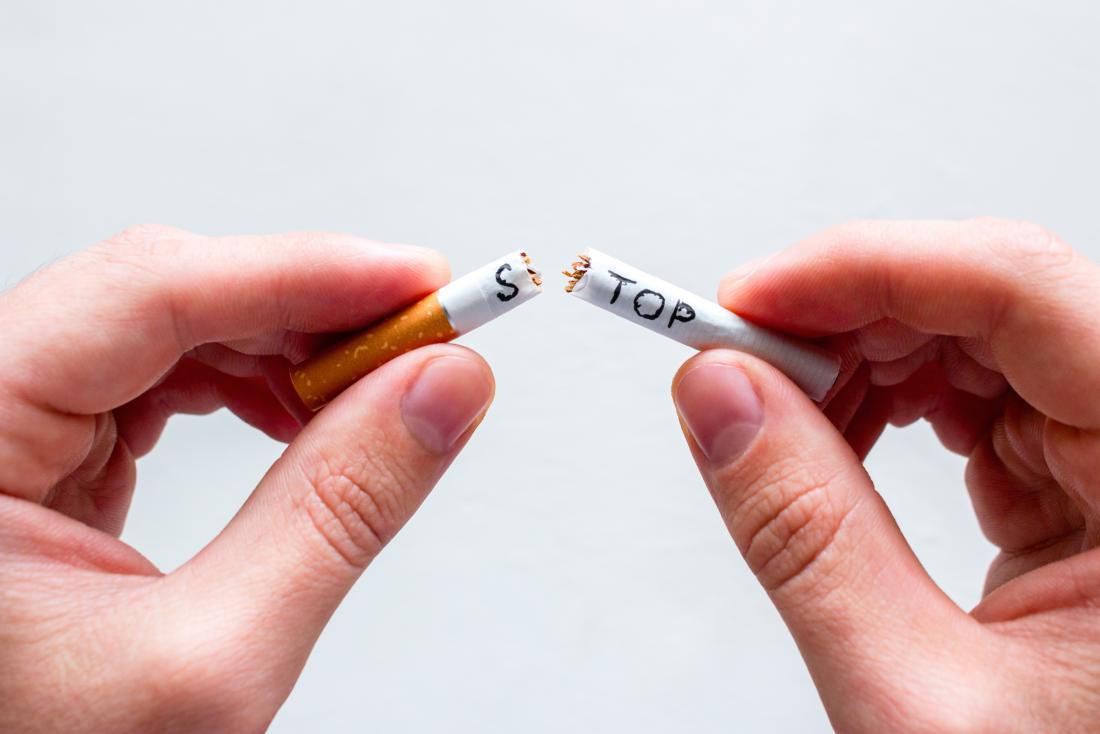
Role of an Addiction Therapy to Help Patients?
Role of an Addiction Therapy to Help Patients?
Therapy For Substance Use Disorder Recovery
Therapeutic intervention is a key aspect of the rehabilitation process for addiction. Therapy offers different modalities that aid patients seeking help to recover. Depending on the geographical location that a particular rehabilitation center is located, resources available to them or the type of clientele they are meant to cater to, different rehab facilities will have different options. Nonetheless, many offer options such as family therapy, individual therapy, and counseling which are more or less standard practices.
Besides the various therapies offered, ill and future patients should also prioritize their level of need determined by how acute their substance usage has become. Being assessed by an expert can facilitate people ascertain what the best level of care may be and whether they need to go to an inpatient or outpatient setting because both offer rehabilitative treatment and therapy but in a different manner.
For example, outpatient therapy patients receive treatment and clinical services at the clinic and return home afterward. In contrast, inpatient rehab patients stay at the facility 24 hours a day and only leave upon program completion. Thankfully, therapeutic treatment modalities do have advantages for both categories of patients.
What Processes Do Therapies Employ When It Comes To Addiction Rehabilitation?
Through therapy, clients learn about their specific addiction, the recovery process, and even the chances of relapse. These lessons also include healthier methods of coping and communication, as well as how to construct a supportive recovery network. Therapy enables people to move past feelings of shame and guilt, and assists in the cultivation of trust and self-esteem. Additionally, it assists the patient in understanding their motives, triggers, and warning signs of potential substance abuse that they have not consciously picked up on. With the underlying factors of addiction being revealed, patients would have a better understanding of the importance of receiving treatment in a conducive environment. These therapies include, but are not limited to:
Behavioral therapy (cognitive and dialectical)
Creativity-based therapy (art and music)
Physical therapy (biofeedback and EMDR)
NAD therapy
Holistic therapy
Motivational enhancement therapy
Experiential therapy (i.e. animal, adventure, art, or music therapy)
Creative coping strategies assist the patient in dealing with difficult emotions associated with addiction, while behavioral treatment focuses on the negative habits that the patient seeks to change. In addition, therapy should aim to increase the patient’s motivation and self-awareness, ultimately giving the client a stronger sense of purpose and self-esteem.
Call us now! 949-359-1976
Cognitive And Dialectical Behavioral Therapy
With the primary aim of altering negative thinking patterns, actions, and general behaviors, Cognitive Behavioral Therapy, or CBT puts a lot of emphasis on mindfulness. This way patients actively change the quality of their thoughts. This type of therapy was being practiced as early as 1905 and is known to reduce anxiety, eating disorder symptoms, obsessive thoughts and behaviors, and PTSD symptoms amongst others.
Dialectical Behavioral Therapy, or DBT, focuses on enhancing the self-esteem of the patient and providing a form of validation that can positively reinforce group behavior. DBT also includes some form of CBT by providing support through individual therapies and, in some cases, motivational enhancement therapy.
How Does Molly Look?
Molly can be pretty colorful and come in various shapes like a gel, tablets or any other form of a bottle, its most notable feature is its logo; which can be a smiley face, a cartoon, or a wen sign from brands like Mercedes. But powder and liquid forms of Molly also do exist.
Motivational Interviewing
Motivational interviewing, also known as motivational enhancement therapy, is directed towards helping people. It assists the patient in discovering their self-image, especially in the case of addiction where it aids the patient in defeating the patterns of their addiction. The licensed therapist listens to the patient’s concerns and finds ways to motivate them. This technique also helps the patient overcome depression and become more focused. As discussed above, motivational interviewing can also be combined with Cognitive Behavioral Therapy for enhanced effects.

Individual And Family Counseling Sessions
Receiving individual counseling is beneficial for the patient to grasp the general causes of the chemical dependency issues. After all, trauma, negative friends and family, and low self-esteem can be factors influencing substance abuse, and counselors can help underscore awareness and aid to these issues.
Family therapy as a treatment assists both the patient and their relatives to comprehend the negative patterns such as co-dependency whereby the patient is enabled to believe that the addiction is a family issue. The impact of chemical dependency can indeed therapeutically improve perspectives and awareness amongst all parties.
Experiential Therapy
As mentioned previously, latch therapy deals with surround based treatment which utilizes the environment in order to alleviate trauma-based feelings. Adventure therapy is often group-based and practiced among nature. Exciting therapy can include activities such as rock climbing, wilderness therapy, and ropes courses. Ropes course therapy is to foster trust, teamwork, and other interpersonal relationships.
One such example of experiential therapy is music or art therapy which helps the patient cope with and deal with emotions and trauma in a healthier manner. Patients are encouraged to heal through creative means such as drumming, singing, writing, listening to music, playing instruments, drawing, painting, sculpting, and sketching which helps them the feel a sense of power and achievement.
Biofeedback therapy, like other rehabilitation techniques, seeks to monitor mental activity that could give way to some form of controlled meditative state. Guided or assisted biofeedback therapy may have a therapist attach electrical sensors onto a patient’s skin. These electrodes can provide feedback information such as brain activity, breath rate, and muscle engagement. With this information, the therapist can prescribe better behaviors to the patient at particular points in time defined by the patient’s vital sign patterns. The desired outcome is greater self-regulatory ability in people trying to recover from self-destructive behaviors like addiction. For patients, self-regulation is a powerful aid for relaxation where non-automatic techniques such as guided imagery, meditation, and muscle relaxation are used.
This technique, known as EMDR, or eye movement desensitization reprocessing, is undertaken in eight distinct stages. The eye movements of individuals having negative memories are observed to help them recall those events with the intention of diminishing its impact. Combining this strategy with taking focus away from those memories when evocative moments begin to surface is hypothesized to reduc the range of grief magnitudes emitted from uncomfortable events. It is assumed that this method helps weaker adults cope with high desire levels while assisting incredibly troubled adults deal with trauma and self-destructive behavior. These changes are proved to enhance sheer enjoyment or satisfaction from memories while suppressing addiction from depression stricken individuals.
Group Therapy And Support Groups
Group therapy, including but not limited to the self-help group format, has always been great when it comes to feeling safe and productive while vulnerable. Group therapy provides needs validation, fosters self-improvement, and strengthens interpersonal relationships through shared experiences. 12 Step treatments such as Alcoholics Anonymous improve individual sentiments toward self and relationships, and make the process of recovering from alcohol dependency rewarding and cost effective. Moreover, people who go through 12 Step treatments are encouraged to participate in animal therapy, which helps them in overcoming addiction. In addition, people are taught to accept and adore people and things that love them back.
NAD Therapy
NAD therapy, also known as Nicotinamide adenine dinucleotide, consists in a ten-day treatment where your body converts cells into energy. Every living cell in the body contains this chemical compound called ‘NAD.’ The compound is infused into the patient via intravenous injections. Combating addiction enables post treatment anxiety and depression to be contained alleviating NAD loss from the body. While travelling through the patient’s bloodstream, it reduces the signs of post-addiction fatigue. It also helps cleanse the body of drugs, thus easing withdrawal symptoms as well as the cravings for the drug.
The Equine Therapy and Other Animal Based Therapy
Not all places offer the therapy that employs domesticated animals such as dogs. For instance, some luxury facilities may handle patients by offering them exotic animals for bonding purposes. Equinotherapy provides patients with an equine that they are able to connect with. Every ordinary session includes a patient, a therapist, and a horse. The therapist in this case does not offer too much guidance but instead observes how the patient deals with the horse. Due to the ability of horses to reflect human emotions, they can help patients make sense of their feelings. Some of the equine therapy consists of caring for the horses by feeding, bathing, and brushing them. This allows the patients to feel a sense of duty and achievement in addition to interacting with the impressive creatures. Mediterranean dolphins have been used in some facilities which help patients learn trust and emotional release.
Animals can serve as the best antidote for people dealing with negative emotions by providing unconditional affection, and by being a source of relaxation. Moreover, children who pet cute animals can experience an increase in oxytocin, which is a body chemical that helps neutralize stress. Last but not least, people who deal with these feelings very often can receive a boost in mood from the sensation of responsibility that is accompanied by the need to care for pets.
Holistic Therapies
To begin with, holistic medicine incorporates non-conventional treatments that are more mind and body-centered, including:
- Meditation
- Yoga
- Hypnotherapy
- Massage
- Acupuncture
- Animal therapy
- Art or music therapy
As ingredients of holistic treatment are integrated within traditional medicine, side effects that stem from the medication can be allevi. For example, people still tend to experience anxiety, depression, and cravings even after a detox during and post treatment. Meditation and yoga can assist in reducing negative feelings.
For those who suffer from anxiety, meditation provides an excellent way of calming the mind, while yoga encourages endorphin production and boosts mood. Other factors such as eating healthy and sleeping well aids in stabilizing the person’s mental health.
Caring Hands Recovery Center
At Caring Hands Recovery Treatment Center, we have better and effective treatment options that we ensure are applicable to the unique conditions of patients. Caring Hands Recovery are qualified personnel ready to respond to your questions now. You can call them on 949-359-1976.
Reach out to us today by calling: 949-359-1976


